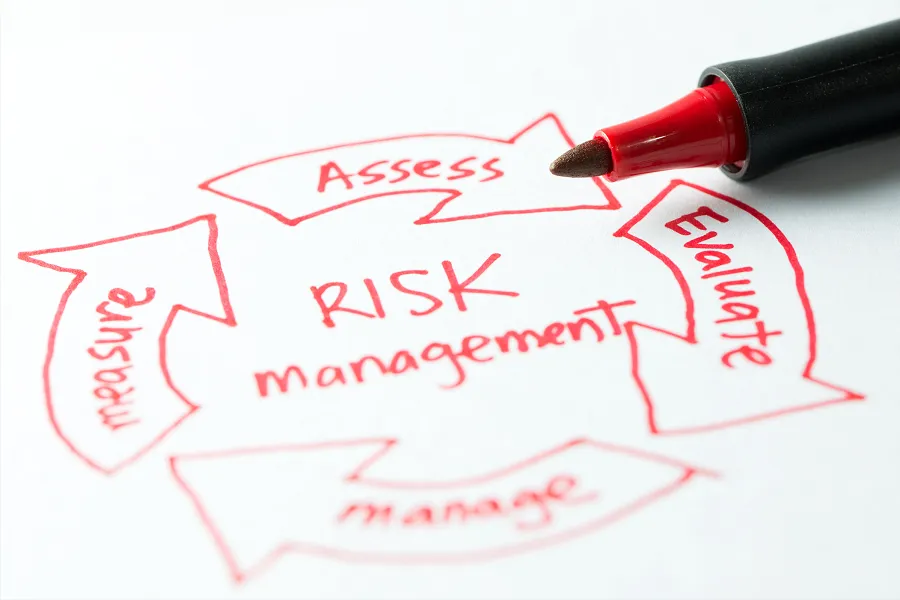So, you’ve just signed up with a new company but have been told your first three months will be a probationary period. What exactly does that mean and how will it affect you during (and at the conclusion) of that three months?
Probationary periods are a fixed amounts of time that allow employers to assess the suitability of a new employee for their fit within a certain business; how well they may perform the role for which they are being employed and whether or not they are a cultural fit within a new organisation.
Conversely, probationary periods allow employees to do much the same. They, too, are afforded the opportunity to determine whether they are satisfied with their new role, and the new organisation they have joined.
It is, generally, the employers who decides how long a probationary period will last, however, probationary periods are, typically, set to be a few weeks or a few months, in the case above, three months.
According to Australia’s Fair Work Ombudsman, probation periods aren’t a separate period of employment and, while on probation, employees will continue to receive the identical entitlements as someone who is not on probation.
So, for employees hired on a permanent basis, they will accrue their normal paid-leave entitlements such as annual and sick leave and, if they do not pass this notice period, they will be entitled to be paid out these accrued entitlements when their employment is terminated.
Australia’s Fair Work Act 2009 specifies the minimum requirements for an unfair dismissal action to be brought by an employee against and employer. As per this Act, the employee must be employed for a period of at least 12 months if the business they are working for has fewer than 15 employees, but if it has more than 15 employees, they must be employed for six months. If an employee falls under these categories, they cannot make a claim for unfair dismissal during their probationary period.
Further, probationary periods cannot be extended, so, if your probationary employee of, say, six months, finishes their six-months successfully, they must either be employed or their employment terminated, however termination can only take place for a valid reason and that reason must be shared with the employee.
Employers should ensure they provide regular feedback to the new employee regarding any concerns the employer may have, any encouragement they may wish to give and any other comments that will help the employee in their role.
So, in, for example, a three-month probationary role, it would be a good idea to hold a review at the end of the first, second and third months. That way, both parties are clear as to the status of the employee and their performance on an on-going basis rather than a dissatisfied employer simply springing upon the employee that they are not happy with their performance at the end of the probationary period, at which time they may be dismissed.
By keeping the communications channels open, both employer and employee know exactly what is expected of them and how each is performing at every stage of the probationary period.
If you’re a casual or temporary employee, you’re exempt from undergoing a probationary period.
Do you have any questions or great tips to share?
Induct for Work – the only online induction system you would need to run online inductions.



